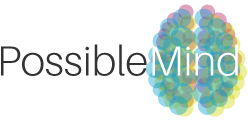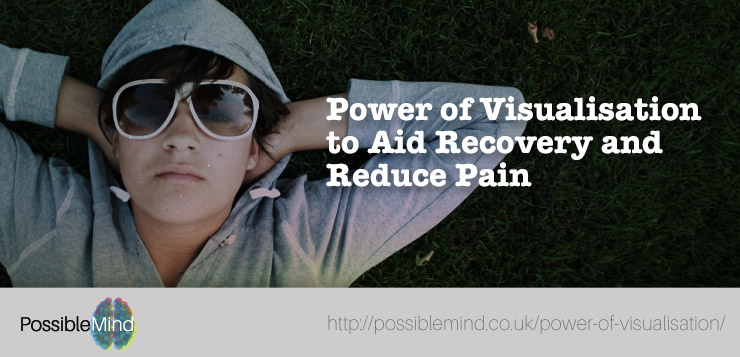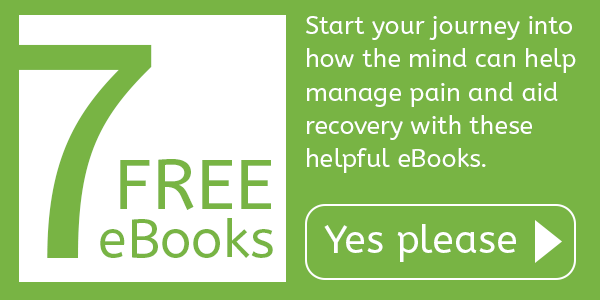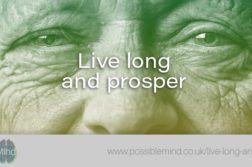The last couple of weeks I have seen many examples of the power of visualisation to aid recovery and reduce pain. The first is an interesting article in the July 2016 issue of Wonderpedia Magazine. The second is a part of a BBC program called ‘Trust Me I am a Doctor’ which looked at how the mind could help with imagining exercise how it can improve our fitness and ultimately our health.
So let’s start by looking at examples of where visualisation have really made a huge difference to the body.
The first example is a video section from Trust Me I am a Doctor about improving our muscles using our mind.
Professor Tony Kay from the University of Northampton then kindly shared two audios called Think Yourself Stronger for the upper body and lower body. Which can be listened to on the BBC website. Else please listen to them below:
Learn more about how the mind can help muscle growth here and here.
What is amazing is that if we can grow our muscles with visualisation and imagery what else can we do?
Some examples that demonstrate how visualisation can help us heal are:
The BBC documentary which shared how a doctor with no options left suggested to a patient to imagine paddling through his arteries in a canoe and to scrape away any blockages. The results were amazing and the patient was able to leave his wheelchair and get much of his movement and health back.
Another is an example of hypnosis helping patients remove their Warts. What makes this even more impressive is that the hypnotic suggestions were for warts on one side of the body to disappear and this is what happened on all of the 14 people involved in this research.
What about pain, how can visualisation help reduce discomfort?
One of the best ways is with submodalities, which are internal representations of pain. Imagine and recognise the colour, shape, size and direction(which way it is spinning) of your discomfort. Then notice a comfortable part of your body and again notice its colour, shape, size and direction. Then imagine removing the pain from your body, holding it in your hand in front of you, and changing its colour, shape, size, and direction so it matches the comfortable part of your body. When you place this back in your body you will notice how much more comfortable you will feel.
Another very successful visualisation for pain is to imagine yourself shrinking down into your body and going into your brain where you find a control panel. Then search the control panel for the dial or switch which changes your sensation of the discomfort. Before turning the dial down, it is always a good idea to up it one notch, if you feel able, for a second or two before turning down to the sensation to an acceptable pain level for yourself.
There are many more techniques and examples of how visualisation can help your recovery and reduce pain in my book called “Your Body, Only Better” which is available from Amazon.
So why does imagery and visualisation work?
Research time and time again has found that our brains cannot tell the difference between what is imagined and that which is real. When scanned in an MRI scanner the same part of the brain lights up when the task is completed for real as it does is when it is imagined. Showing the power of visualisation and why doing it truly helps us achieve our goals of recovery and pain reduction.






